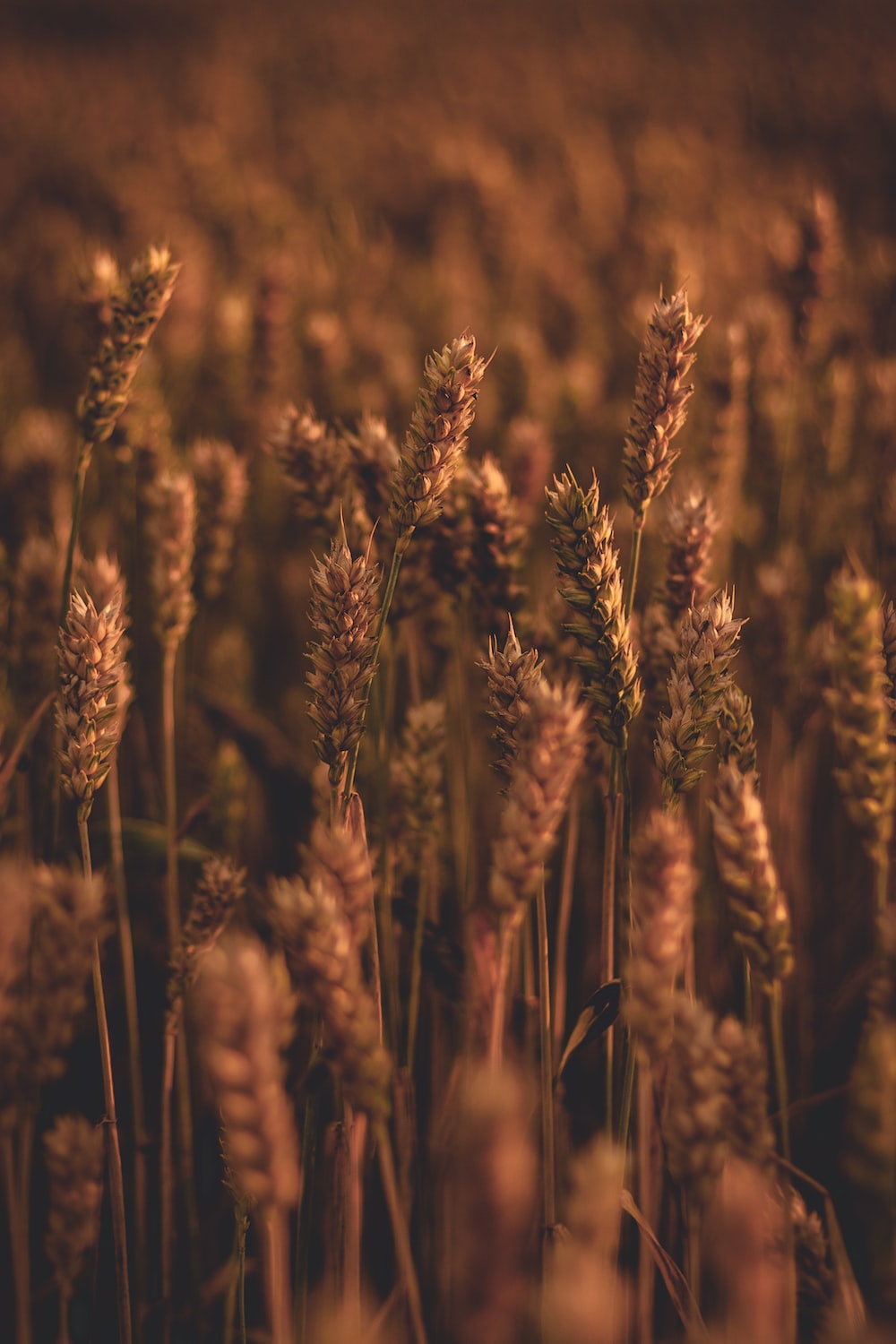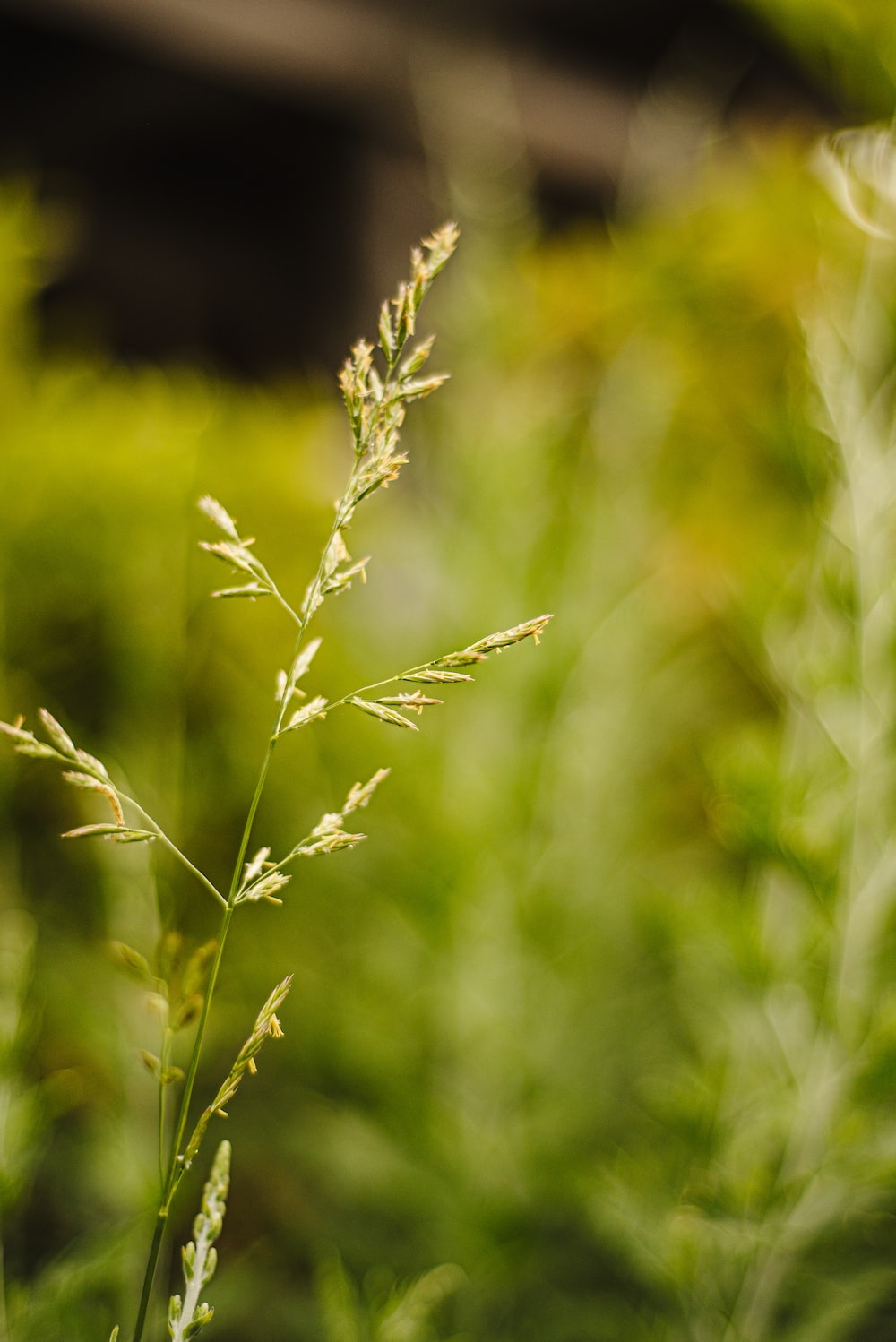Spring is the perfect time to start growing a lush, green lawn. With the right preparation and care, you can create a beautiful outdoor space for your home or business. Start by testing soil pH levels and fertilizing as needed. Be sure to rake and aerate the soil for better drainage and to remove any debris. Plant grass seed in early spring and water regularly for optimal growth and coverage. For weed control, use an appropriate herbicide. Finally, mow your lawn regularly at the correct height to promote healthy growth and keep weeds away.
Looking to get your lawn in shape this spring? The best time to plant grass seed varies depending on your location, but generally it should be done in late March or April. To ensure a lush, green lawn, make sure to use quality grass seed and follow proper watering and mowing guidelines.
To get the most out of your new grass, it’s best to start with a soil test. This will help you determine the best type of grass seed for your area and soil conditions. Once you have identified the ideal type of seed, you can begin planting. For best results, think about using a turf builder or starter fertilizer to give your grass an extra boost.
No matter what type of grass you choose, proper care is essential for a healthy lawn. Regular mowing, fertilizing, and watering will help keep your grass looking its best all season long.
With the right grass seed and care, you’ll have a great-looking lawn before you know it!
Best Grass Varieties to Plant in Spring
Spring is the ideal season for planting grass. With a wide variety of choices available, it can be difficult to decide which variety to choose. Consider factors like water and sun exposure, soil type, and your local climate when selecting the best grass variety. Fescue, Ryegrass and Bermuda grass are all popular choices that are well-adapted to many different climates. For those looking for a more low-maintenance lawn, Zoysia and Buffalo grass are also good options.
No matter what type of grass you choose, proper watering, mowing and fertilizing are key components of ensuring a healthy lawn. With the right preparation and care, you can enjoy a lush, green lawn all spring and summer long.
Timing for Planting Grass Seed in Spring

Spring is the ideal time to plant grass seed, as the warmer temperatures and increased rainfall provide optimal conditions for germination. To ensure a successful outcome, it’s important to pay attention to soil temperature, as cooler temperatures may delay germination. Additionally, proper preparation of the soil and correct seeding rate are also essential for successful establishment of the seed. Furthermore, regular watering and mowing can help the grass establish itself and grow strong and healthy.
Soil Preparation for Planting Grass in Spring
Preparing soil for planting grass in the spring is an important step in achieving a lush and healthy lawn. Soil should be tested to determine its nutrient content and pH level, then amended accordingly. A good quality soil amendment will help improve the structure of the soil, allowing for better aeration and water retention. Tilling the soil before planting will help break up large clumps and incorporate the amendments. Finally, use a rake to even out the surface and create a smooth seedbed.
Sun and Shade Requirements for Planting Grass in Spring
 When planting grass in spring, it is important to consider sun and shade requirements. Areas that receive full sun should be planted with heat-tolerant grass varieties, while areas that receive shade will require more moisture and varieties that are better suited for shadier conditions. For best results, ensure the area receives at least 4 hours of direct sunlight each day.
When planting grass in spring, it is important to consider sun and shade requirements. Areas that receive full sun should be planted with heat-tolerant grass varieties, while areas that receive shade will require more moisture and varieties that are better suited for shadier conditions. For best results, ensure the area receives at least 4 hours of direct sunlight each day.
Using a soil test can help determine the pH level and nutrient content of the soil. This can help to determine what type of grass is best for the area and any amendments that may be needed. Applying a pre-emergent herbicide can help prevent weed growth prior to planting. Once the area is ready, spread the grass seed evenly, rake it in, and water deeply.
With the right preparation and care, planting grass in the spring can result in a lush, healthy lawn.
Water Requirements for Planting Grass in Spring
Water is essential for grass to grow in the springtime. Adequate irrigation is necessary to ensure that the soil remains moist and that the grass has enough water to thrive. It is important to water your lawn deeply, but not too often, as too much water can leave your grass susceptible to disease. Testing the soil and adjusting the amount of water accordingly is the key to having a healthy, green lawn.
Make sure to check weather forecasts so you know when it is necessary to water your lawn. If there is rain in the forecast, skip watering for that day. Also, avoid watering in the heat of the day to reduce the amount of water lost to evaporation. Lastly, be sure to invest in a quality irrigation system to make sure your grass gets the water it needs.
Fertilizer Requirements for Planting Grass in Spring

Fertilizing grass in the spring is an important part of ensuring a healthy and lush lawn. The right type and amount of fertilizer helps to promote new growth, thicken existing grass and improve the overall health of the turf. It is important to understand the specific fertilizer requirements for your area and the type of grass you are planting. Before applying any fertilizer, always check the label and follow the instructions. Proper fertilization will help ensure your grass looks great all season long.
Mowing Tips After Planting Grass Seed in Spring
Mowing is an important part of caring for your grass after planting seed in the spring. Begin mowing when your lawn is 3-4 inches tall, and mow often enough so that you are only removing one-third of the grass blade with each mowing. Keep the mower blades sharp for a clean cut and to prevent damage to the grass. Don’t mow when the grass is wet, as this can compact the soil and discourage healthy growth.
Mowing at the proper height helps your grass develop a deep root system and encourages water conservation. It also helps weeds stay away, allowing your grass to thrive. Regular mowing is essential for a healthy lawn.
Following these tips will help you get the most out of your lawn and ensure it looks its best.
Disease Prevention for Planting Grass in Spring

Spring is a great time to start planting grass for disease prevention. To ensure healthy growth, it is important to take the necessary precautions such as using a quality soil mix, watering regularly and providing adequate sunlight. Adding a layer of organic mulch can also help reduce the risk of disease. Proper mowing and fertilization are also key components in preventing disease. Following these steps can help keep your grass healthy and disease-free.
Recent Posts
link to Discover the Perfect Time to Water Your Garden
It's best to water your garden in the morning, when the sun is low and the temperatures are cooler. This helps avoid evaporation and ensures that your plants get the moisture they need. Watering in...
link to 5 Tips for Watering New Sod in Florida
When it comes to watering new sod in Florida, the best time to do so is early in the morning or late in the evening when temperatures are cooler and the sun is less intense. This helps reduce water...
Recent Posts
It's best to water your garden in the morning, when the sun is low and the temperatures are cooler. This helps avoid evaporation and ensures that your plants get the moisture they need. Watering in...
When it comes to watering new sod in Florida, the best time to do so is early in the morning or late in the evening when temperatures are cooler and the sun is less intense. This helps reduce water...
